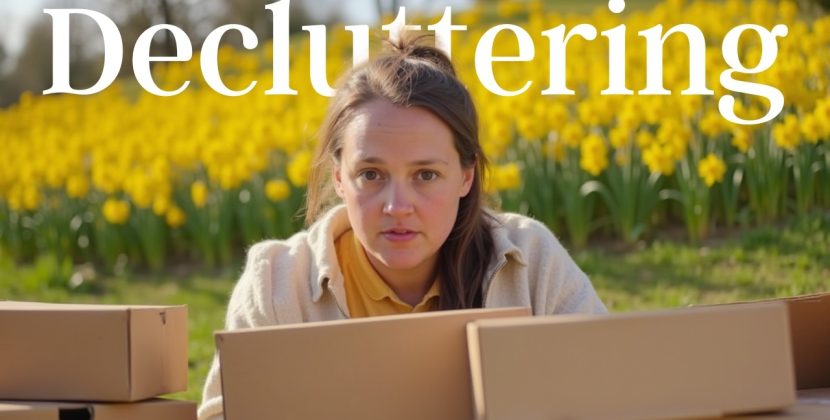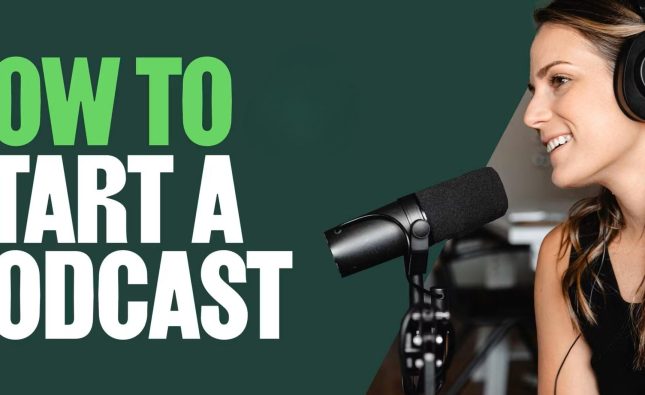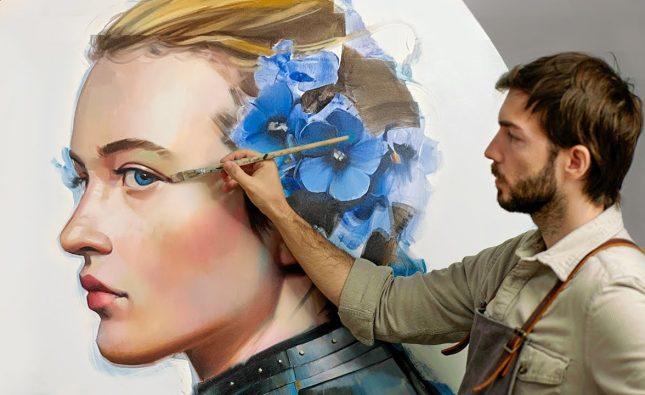
In recent years, Hollywood has made strides towards achieving greater gender equality on screen and behind the camera, but there is still much work to be done. One important aspect of this work is the representation of women’s voices, stories, and perspectives in film and television. Authentic representation can not only inspire and empower women and girls but also broaden the diversity of storytelling and foster empathy and understanding among audiences.
One way Hollywood has been celebrating women’s voices is by producing and promoting films and TV shows with female leads, directors, writers, and producers. For example, the success of “Wonder Woman,” “Black Panther,” “Crazy Rich Asians,” “Little Women,” “Nomadland,” “The Queen’s Gambit,” “Mare of Easttown,” and “I May Destroy You” has shown that audiences crave and appreciate stories that center on women and people of color. These stories can be entertaining, enlightening, and thought-provoking, and can challenge and subvert stereotypes and expectations.
Another way Hollywood has been celebrating women’s voices is by creating safe and inclusive work environments where women can share their ideas, talents, and concerns without fear of harassment, discrimination, or retaliation. The #MeToo and Time’s Up movements have exposed and addressed the pervasive culture of sexism and abuse in the entertainment industry and have pushed for systemic changes in hiring practices, pay equity, and representation. These movements have also highlighted the need for intersectional feminism, which recognizes and respects the different experiences and identities of women and seeks to address the overlapping forms of oppression they face.
A third way Hollywood has been celebrating women’s voices is by supporting and recognizing women’s achievements in the industry through awards, mentorship programs, and advocacy groups. The Oscars, the Emmys, the Golden Globes, and other award shows have recently diversified their nominees and winners to include more women and people of color, and have acknowledged the talent and impact of female directors, writers, producers, and actors. The Alliance of Women Directors, Women in Film, ReFrame, and other organizations have also provided resources, networking opportunities, and visibility for women in Hollywood and have pushed for greater representation and inclusion in all aspects of the industry.
However, Hollywood still faces many challenges and criticisms when it comes to celebrating women’s voices. Some argue that the industry still favors male-centered stories, genres, and perspectives, and that women’s stories are often reduced to clichés, stereotypes, and objectification. Others point out that the industry still has a long way to go in terms of pay equity, opportunities, and representation for women of color, LGBTQ+ women, women with disabilities, and other marginalized groups. Some also criticize the lack of transparency and accountability in the industry’s hiring and promotion practices and the prevalence of sexual harassment and assault despite the reforms and initiatives.
To write an article about celebrating women’s voices in Hollywood, it is important to do thorough research, fact-checking, and interviewing, and to adhere to ethical principles such as accuracy, fairness, and impartiality. Some possible research questions and sources for the article could include:
- What are some recent examples of successful and diverse female-centered films and TV shows, and what are their themes, messages, and impact?
- How have women in Hollywood been affected by the COVID-19 pandemic and the changes in production, distribution, and exhibition?
- What are some examples of gender bias and discrimination in Hollywood, and how have they been challenged and addressed?
- What are some strategies and initiatives for promoting and supporting women’s voices in Hollywood, and what are their strengths and limitations?
- What are some opinions and perspectives from women









